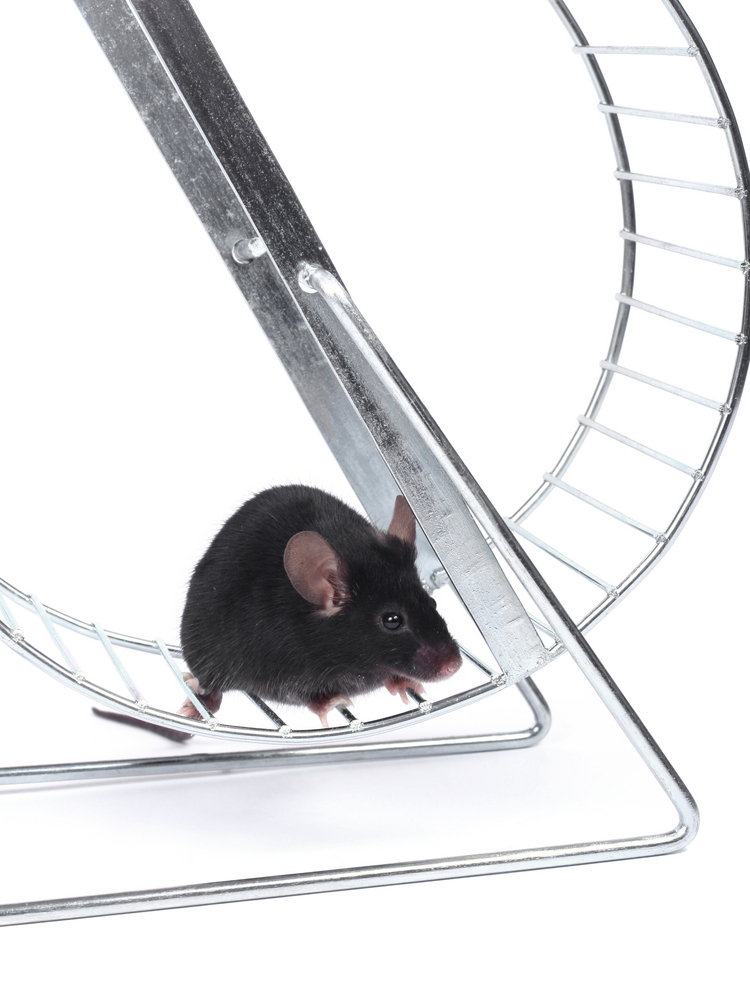Cells Called Fibrocytes May Promote Inflammation and Fibrosis in DMD, Study Finds

Researchers identified a group of cells called fibrocytes that may contribute to inflammation and fibrosis leading to muscle loss in Duchenne muscular dystrophy (DMD).
The study, “Identification And Function Of Fibrocytes In Skeletal Muscle Injury Repair And Muscular Dystrophy,” was published in The Journal of Immunology.
The muscle pathology of Duchenne MD patients includes chronic inflammation and fibrosis, which can directly cause muscle dysfunction and weakness. However, muscle repair can occur within a few weeks when monocytes and macrophages (immune system cells) are recruited into injured muscles via the activation of two proteins, CCL2 and CCR2.
Monocytes and macrophages then infiltrate muscles to eliminate damaged muscle cells and produce growth factors to further promote muscle regeneration.
Fibrocytes are another group of cells involved in muscle cell repair and damage. They present features of both fibroblasts (cells that produce collagen) and leukocytes (immune system cells), and previous studies have shown that they can rapidly enter injured tissues to contribute to wound repair, but also play a role in tissue fibrosis.
The study aimed to understand exactly how fibrocytes contribute to DMD. Researchers analyzed the behavior of these cells in normal mice; mice lacking CCR2 (and therefore with poor muscle regeneration and persistent fibrosis); and mice with Duchenne MD.
After inducing muscular injury in normal mice, researchers found no fibrocytes circulating in the blood at any stages after the injury, but observed the presence of these cells in injured muscles at late stages of injury repair.
However, the fibrocytes detected in injured muscles expressed a low level of collagen genes, which would promote regeneration, but instead expressed a high level of factors that promote fibrosis.
Results also indicated that fibrocytes could be detected in injured muscles of CCR2-lacking mice, where they expressed similar levels of collagen and fibrotic factors as in normal mice, and in the diaphragm and quadriceps muscles of mice with DMD. But in the diaphragm of these mice, fibrocytes expressed a higher level of inflammatory and fibrotic factors than in the quadriceps, causing higher tissue damage.
According to the authors, fibrocytes found in injured muscles likely originate from monocytes and macrophages that leave the blood stream and enter the muscles, where they become fibrocytes.
“They likely contribute to the normal muscle injury repair by producing growth factors,” the authors wrote. “They do not appear to contribute to the persistent muscle fibrosis associated with poor injury repair in [CCR2-lacking] mice. However, they likely contribute to the persistent inflammation and progressive fibrosis in the [DMD mice] diaphragm.”
“Targeting and modulating the fibrocyte function may potentially be therapeutically useful,” they added.






